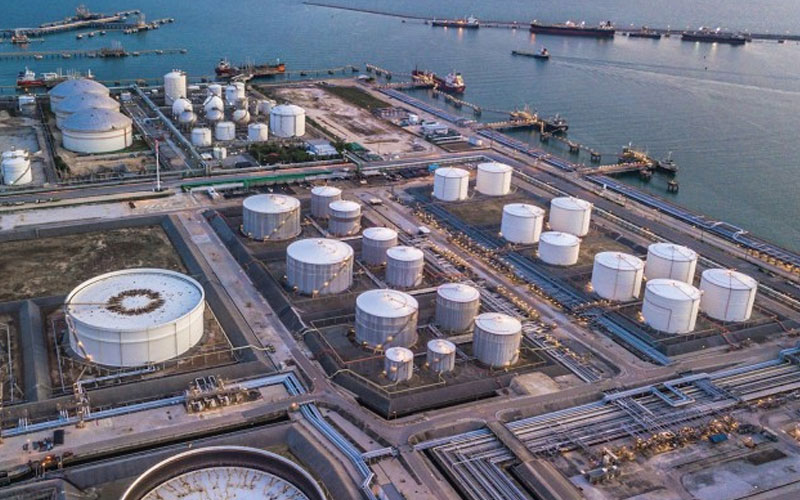Behind the negative oil price event: the struggle for OPEC+ dominance
At the beginning of the outbreak of the new crown epidemic in 2020, Saudi Arabia hoped to significantly reduce oil production capacity in response to the decline in oil prices, but Russia said it would “wait a little longer”, and the two leaders of OPEC+ fell into a deadlock. Therefore, Saudi Arabia decided to inject a large amount of crude oil into the global market by means of full production capacity, which led to the collapse of oil prices, and finally in exchange for OPEC+’s decision to cut production.
Affected by Saudi Arabia’s decision, international oil prices fell by nearly 30% on March 9, 2020, the largest single-day drop since the Gulf War. Due to the severe impact of the epidemic on energy demand and the inability to absorb oil storage facilities, WTI crude oil futures hit a settlement price of negative US$37.63 on April 20, giving crude oil futures investors a profound financial risk lesson.
Recently, the Saudi TV station MBC aired a documentary, which disclosed the details of the oil price war in the episode “OPEC Leadership”.
Saudi Crown Prince and Prime Minister Mohammed bin Salman said that when OPEC+ could not reach an agreement on production cuts, Saudi Arabia should use its “maximum production capacity”. The crown prince’s half-brother, Prince Abdulaziz, who was Saudi energy minister for just six months at the time, said in the documentary that “I was really freaked out” when he heard the order.
Prince Abdulaziz warned the crown prince at the time that the decision would lead to a “dramatic and excessive drop” in international oil prices and that state oil company Saudi Aramco would likely need to discount to attract enough buyers. After listening to the crown prince, he still insisted on the decision to increase production at full capacity.
Prince Abdulaziz then told Aramco executives: “Then let’s do it, I have orders to act”. He recalled the scene in the documentary: Mohammed Al Qahtani, who was in charge of the downstream business of Saudi Aramco, stood up directly with tears in his eyes.
“It was tears of pride and joy,” Prince Abdulaziz said. “He stood up and said, ‘This is the greatest day of my life’. And then all of us stood up too, and we Everyone clapped their hands.”
Saudi Arabia’s extreme pressure has paid off. In mid-April 2020, after several rounds of negotiations, OPEC+ decided to jointly reduce production by 9.7 million barrels per day, basically equal to Saudi Arabia’s original production reduction target of 10 million barrels per day.
In the documentary, Prince Abdulaziz said the decision was “not a question of pricing, profit or revenue, it was a question of ‘to be or not to be; who is the king of the business?'”
ABB PP825A 3BSE042240R3 | Touch screen
 中文版
中文版





